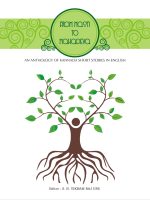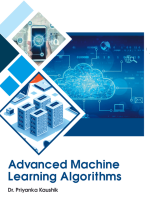This book is for the machine learning practitioner who, while comfortable with the theory and concepts of machine learning, would benefit from a quick reference containing code to solve challenges they run into working on machine learning on an everyday basis. This book assumes the reader is comfortable with the Python programming language
Machine learning has been part of a wide range of corporations, non-profit and governmental initiatives in recent years. As machine learning became mainstream, a high-quality literary cottage industry was created that taught practitioners how to apply machine learning. In preparing a new generation of data scientists and engineering students, this literature has been extremely influential. In the light of the availability of a learning resource to show a person what machinery is and how it works the literature also addressed the subject. This approach, however, provided a new perspective: the nutes and pins of machine learning every day. This approach has been successful. This is the inspiration for this book — to sit down on desks with pages of oaks that address the realistic everyday problems of a machine-learning practitioner, not as a tune in machine-learning for the beginner, but as a club for the specialist. More precisely, the book follows a task-based approach to machine learning with almost 200 self-contained implementations for the most basic tasks that a computer scientist or programmer creates a model can pertain to. The code can be copied and pasted and will work.










Be the first to review “Artificial Intelligence Machine Learning and Beyond : A Perspective of Python”
You must be logged in to post a review.